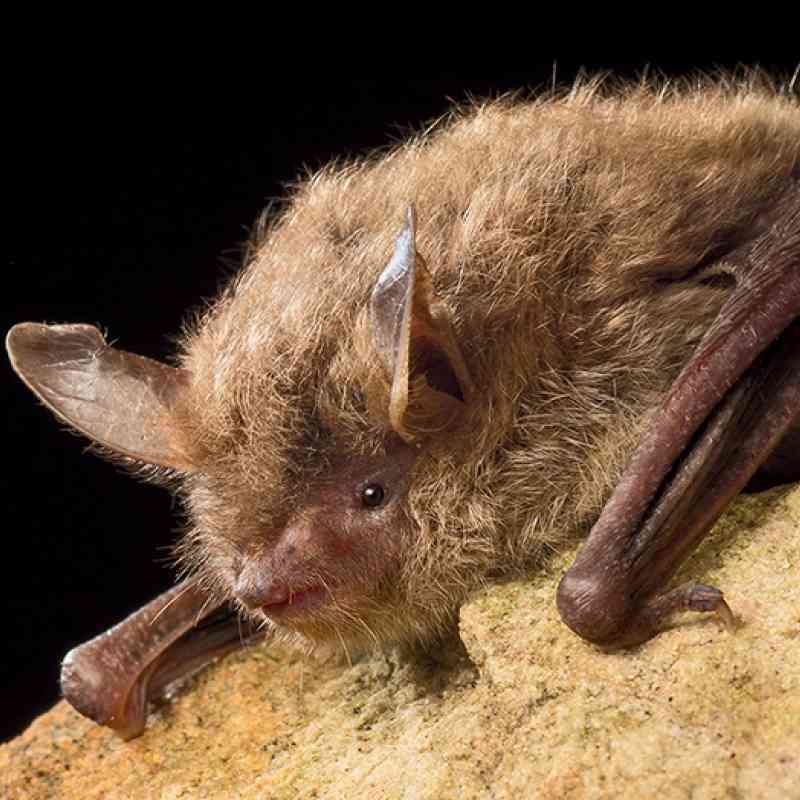Washington (Feb. 15, 2017) – The U.S. Senate Committee on Environment and Public Works held an oversight hearing today on the need for so-called “modernization” of the Endangered Species Act, America’s strongest law for protecting and preserving endangered and threatened species.
Jamie Rappaport Clark, president and CEO of Defenders of Wildlife, testified at today’s hearing. Clark—who spent two decades working as a wildlife ecologist for the federal government, including serving as the Director of the U.S. Fish and Wildlife Service (FWS) from 1997-2001 under former President Bill Clinton—cautioned the Committee about what has historically been intended by those promoting “modernization” of the Endangered Species Act and emphasized that the Act does not need legislative changes. She also said that the law is flexible, continually improving in its implementation with each administration over the last four decades.
“In my over 35 years of experience, talk of modernizing the Endangered Species Act has amounted to one thing: a euphemism for undermining and weakening the statute,” Clark said. “The Endangered Species Act is not broken. It does not need to be fixed.”
The real issue regarding the Act, Clark said, is the urgent need for funding its programs: “The biggest problem the Endangered Species Act faces is not a need for modernization. It is a need for funding. Conflict surrounding the Act arises when government agencies lack the resources to fully implement the law. Starving the federal and state agencies that are committed to preventing species extinction and providing for the diversity of life across our country seriously undermines the goals of the law. The debate should not be about the law; rather it should be about our commitment to its purposes and goals.”
“Once a species is gone, it is gone forever,” Clark said. “Let us not be the generation that bears the inglorious reputation of condemning species to irrevocable extinction. We can and must do better for our children and grandchildren.”
Read a full copy of Clark’s written testimony, which has been submitted to the Committee for the record.
Clark also offered a glimpse into the success of the Endangered Species Act, which for 45 years has helped bring bald eagles, American alligators, Steller sea lions, peregrine falcons and many other species back from the brink of extinction. The success of the law has been grounded in its simple, but strong purpose: to prevent the extinction of threatened and endangered species and to promote their recovery.
But despite the many successes of the law—the FWS estimates that the Endangered Species Act has saved 99 percent of listed species from extinction—some members of Congress have sought to weaken the law through unneeded and unhelpful legislation. In just the past two years, more than 130 bills or riders have been introduced that without exception would have weakened or undermined the Act and its purposes.
In conjunction with the Senate hearing, 31 national and regional environmental and conservation organizations signed a letter to Sen. John Barrasso (R-WY) and Sen. Tom Carper (D-DE) supporting the Endangered Species Act. You can read the letter here.
The groups strongly opposed efforts to “modernize” the law, citing the law’s track record of success, tremendous public support and the misguided efforts of many industries opposing protecting endangered species.
“Industry opponents to the ESA frequently site statistics that are wholly misrepresentative not only of the law’s effectiveness, but of the science behind species recovery,” the groups wrote in their letter. “Recovery within a relatively few years is simply inaccurate as a metric for success. Furthermore, species are often only listed under the ESA after decades of decline, and only once they have reached ‘emergency room status.’ The ESA saves species by preventing extinction and setting them on the long road to recovery. That is the measure of the law’s profound success.”
###
Defenders of Wildlife is dedicated to the protection of all native animals and plants in their natural communities. With more than 1.2 million members and activists, Defenders of Wildlife is a leading advocate for innovative solutions to safeguard our wildlife heritage for generations to come. For more information, visit www.defenders.org and follow us on Twitter @DefendersNews.
Defenders of Wildlife is celebrating 75 years of protecting all native animals and plants in their natural communities. With a nationwide network of nearly 2.2 million members and activists, Defenders of Wildlife is a leading advocate for innovative solutions to safeguard our wildlife heritage for generations to come. For more information, visit defenders.org/newsroom and follow us on Twitter @Defenders.

